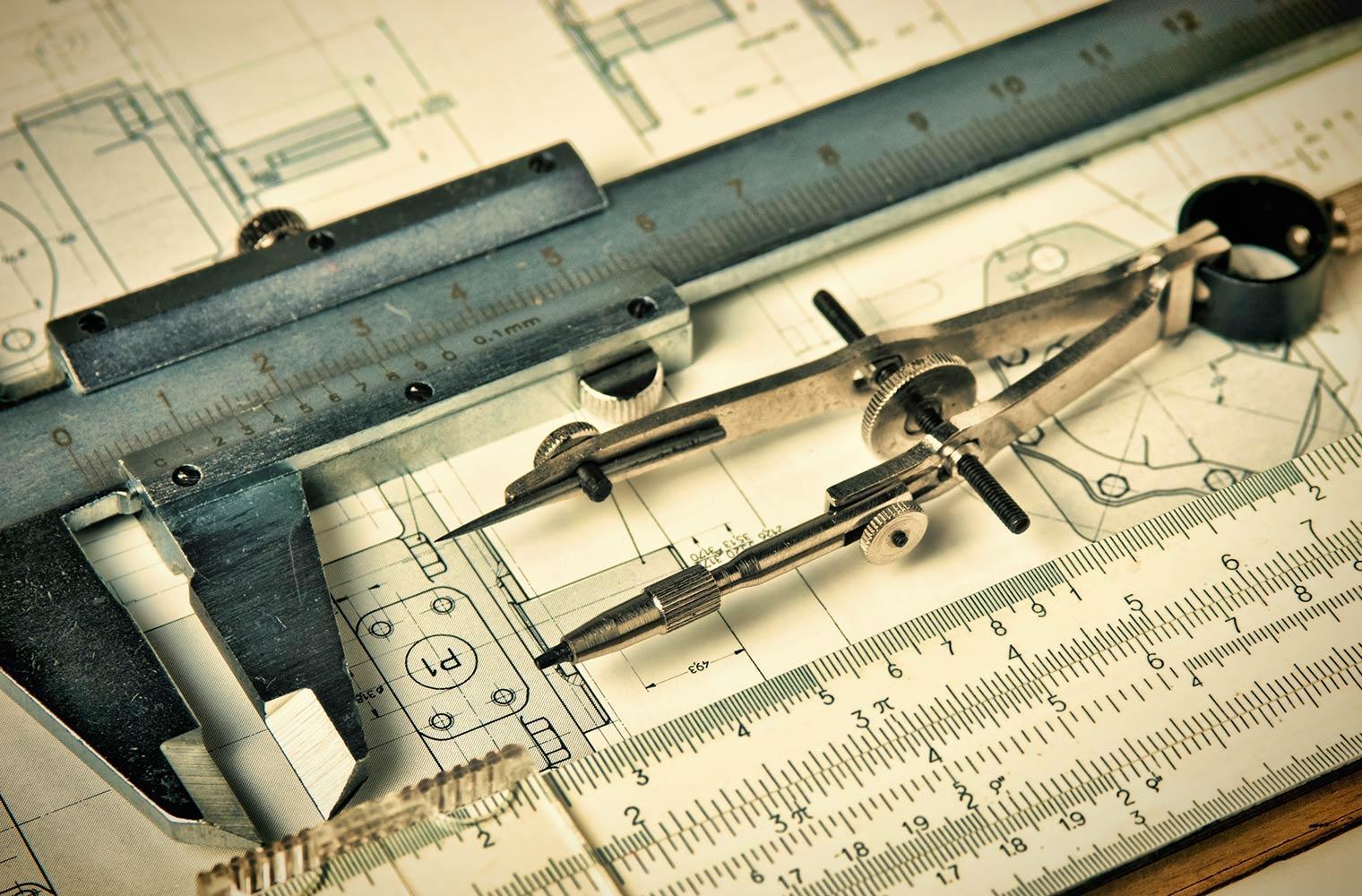
Work, energy, and simple machines
Physical Science 112
Work
In physics, a force is said to do work if, when acting, there is a displacement of the point of application in the direction of the force.
W = F x d (measured in joules, J)
Work transfers energy from one place to another or one form to another. See work energy theorem to the right
Power
Energy/Work Theorem
What is a simple machine?
Inclined planes decrease the amount of force needed but more distance is required.
The resistance force Fr =mg, the weight of the object. It takes work (Fxd = mgh) to overcome that resistance force and lift the object to height h. By doing work on it we give it gravitational potential energy mgh. By exerting force (effort) to push the object up the incline, we do the same amount of work in the ideal frictionless case. So setting the work equal FeL = Frh, we arrive at the ideal mechanical advantage Fr/Fe = L/h or Din/Dout.
Another approach to the incline is just to calculate the amount of force required to push the object up a frictionless incline. If the forces are resolved as in the standard incline problem, you find that the required force is Fe=mgsinθ = mgh/L = Fr (h/L) .
Ideal Mechanical Advantage (IMA) represents the frictionless scenario
Actual Mechanical Advantage takes friction into account
Terms can be confusing!
Efficiency = work out/work in x 100
Another way to calculate efficiency is AMA/IMA x 100
Levers
A lever makes work easier by reducing the force needed to move a load by increasing the distance.
A Lever is a simple machine consisting of a rigid bar that rotates about a fixed point, called a fulcrum. The lever makes doing work easier by reducing the force needed to move an object. In order to reduce the force needed, the distance over which the force is applied must be increased. To increase this distance, the load to be moved must be close to the fulcrum and the force must be applied far from the fulcrum.
A common example of a lever is the seesaw. The human arm is also a lever, where the elbow is the fulcrum and the muscles apply the force.














